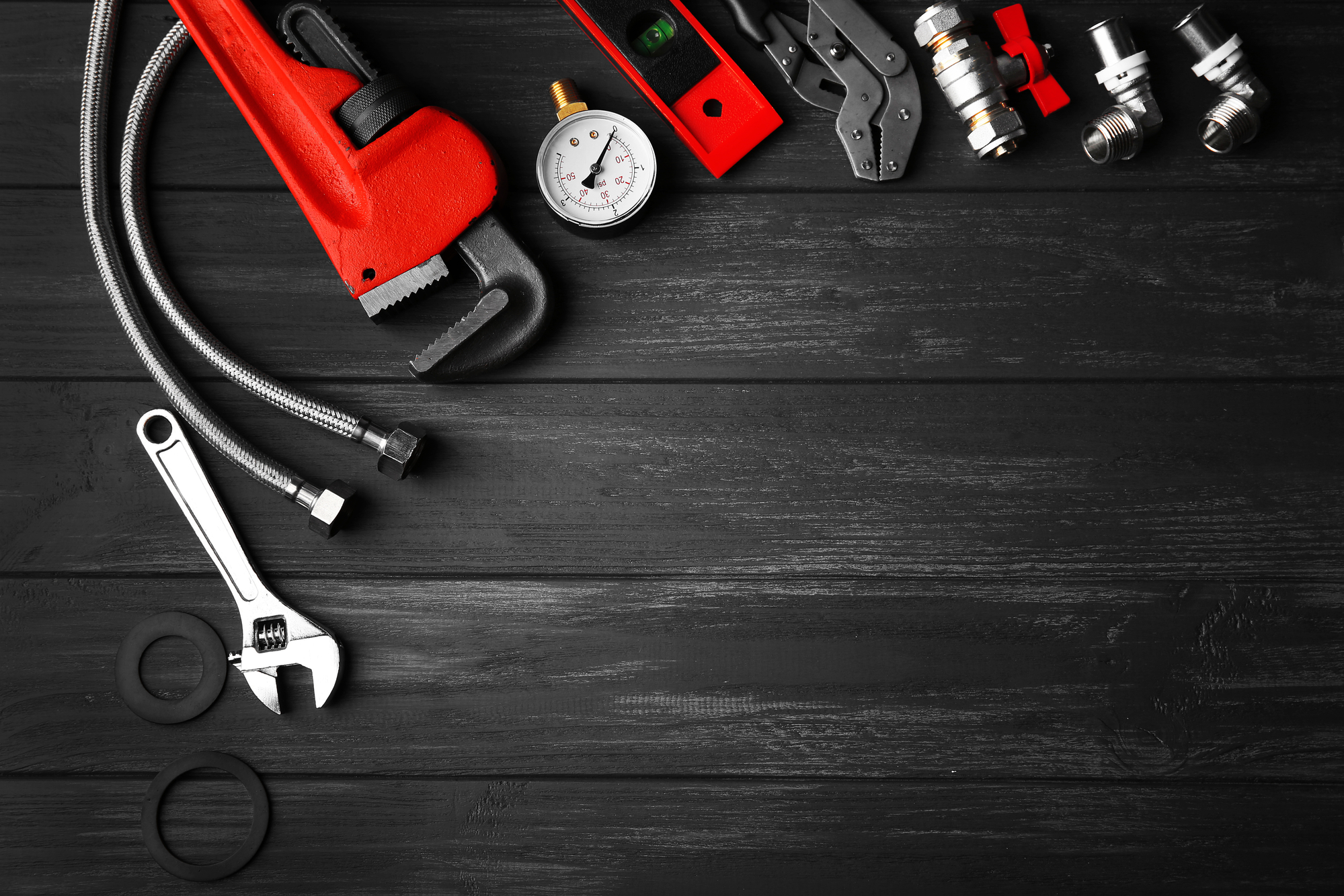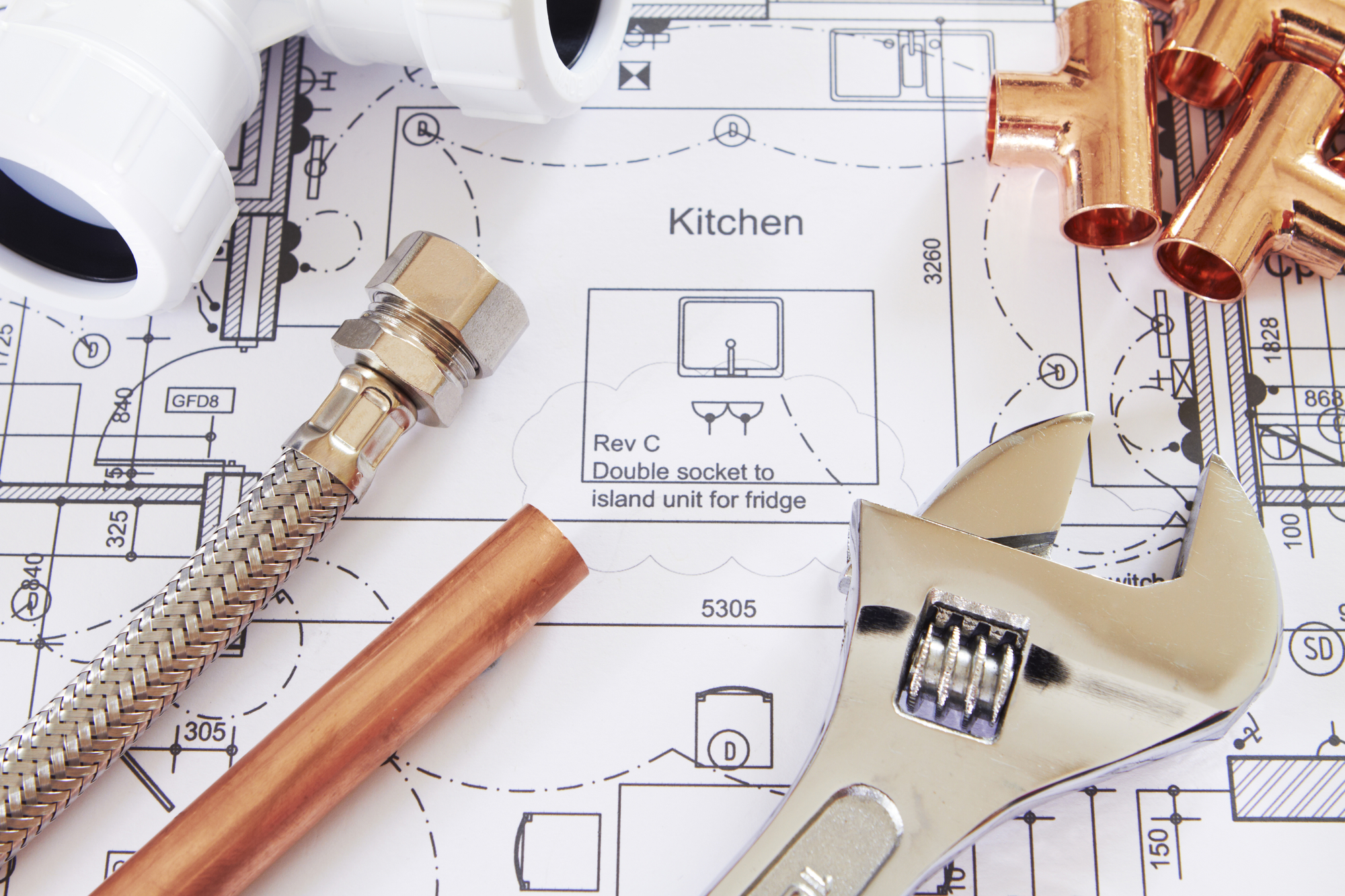Today, homeowners are met with a plethora of choices when it comes to plumbing installations. Every consideration, starting from the design and products to the type of service, requires attentive detail. Through this insightful article, I’ll walk you through some crucial tips to consider before installing a new plumbing system in your home. Besides helping you understand different considerations relating to plumbing services, this write-up will also provide valuable information about the overall plumbing industry.
So, let’s plunge in!
Understand Your Current Plumbing System
The initial step before opting for any plumbing service is to comprehend your current home plumbing system. Be aware of the type of pipes used, their age, and condition. For example, although copper pipes are durable, they might require replacement if they’ve been in place for 25-50 years.
Evaluate Local Codes and Permits
Before you initiate the plumbing installation, it’s necessary to familiarize yourself with local building codes and permits. These regulations ensure proper installation and prevent potential safety hazards. Always employ a licensed plumbing service provider who understands and adheres to these local codes.

Choose Suitable Materials
The plumbing industry offers a vast array of products catered to various budgets and requirements. Ranging from PVC, copper, galvanized steel to cross-linked polyethylene (PEX), each type of pipe material has its advantages and drawbacks in terms of durability, flexibility, cost, and installation process.
Find An Expert Plumber
Enlisting professional plumbing services is crucial for long-lasting installations. Check online reviews, ask for references, compare prices, and ask questions to find a trustworthy and experienced plumbing service provider.
Consider Green Plumbing Products
The modern plumbing market is embracing green products, offering less water and energy consumption. They not only help preserve the environment but also reduce utility bills in the long run. Products like tankless water heaters, dual flush toilets, and low-flow showerheads carry the lead in this regard.
Plan Future Accessibility
For smooth future maintenance, ensure your new plumbing installations allow easy access. For instance, installing a panel behind showers and tubs can come in handy when you require quick access to the pipes for repairs or replacements.

Water Pressure and Drainage Considerations
Water pressure can greatly affect your plumbing system longevity. Too high or too low pressure could lead to pipe damage, or water wastage, respectively. Also, ensure an effective drainage system to prevent potential flooding or standing water issues.
These tips will help homeowners feel more confident about the type of plumbing service required for their homes.
Now, let’s shift focus towards the overarching trends in the plumbing industry. It’s always beneficial to be up-to-date with industry trends to make informed choices. Smart technology is gaining momentum, with products like smart faucets and toilets that are water-efficient and can be controlled remotely. In addition, the plumbing industry is gravitating towards more sustainable solutions in a bid to reduce carbon footprints and save energy costs.
Learning the ropes of home plumbing might seem daunting initially. However, arming yourself with necessary knowledge can ease the process significantly.
In closing, whether you’re replacing an old plumbing system or installing a brand-new one, make sure you’re consulting with professionals and adopting sustainable, advanced, and affordable plumbing products and services. If you have any questions about anything related to plumbing, feel free to reach out – your online plumber is here to help!
Remember, making informed decisions today can help save substantial time, money, and stress in the future. Plan wisely, spend responsibly, and live comfortably.






